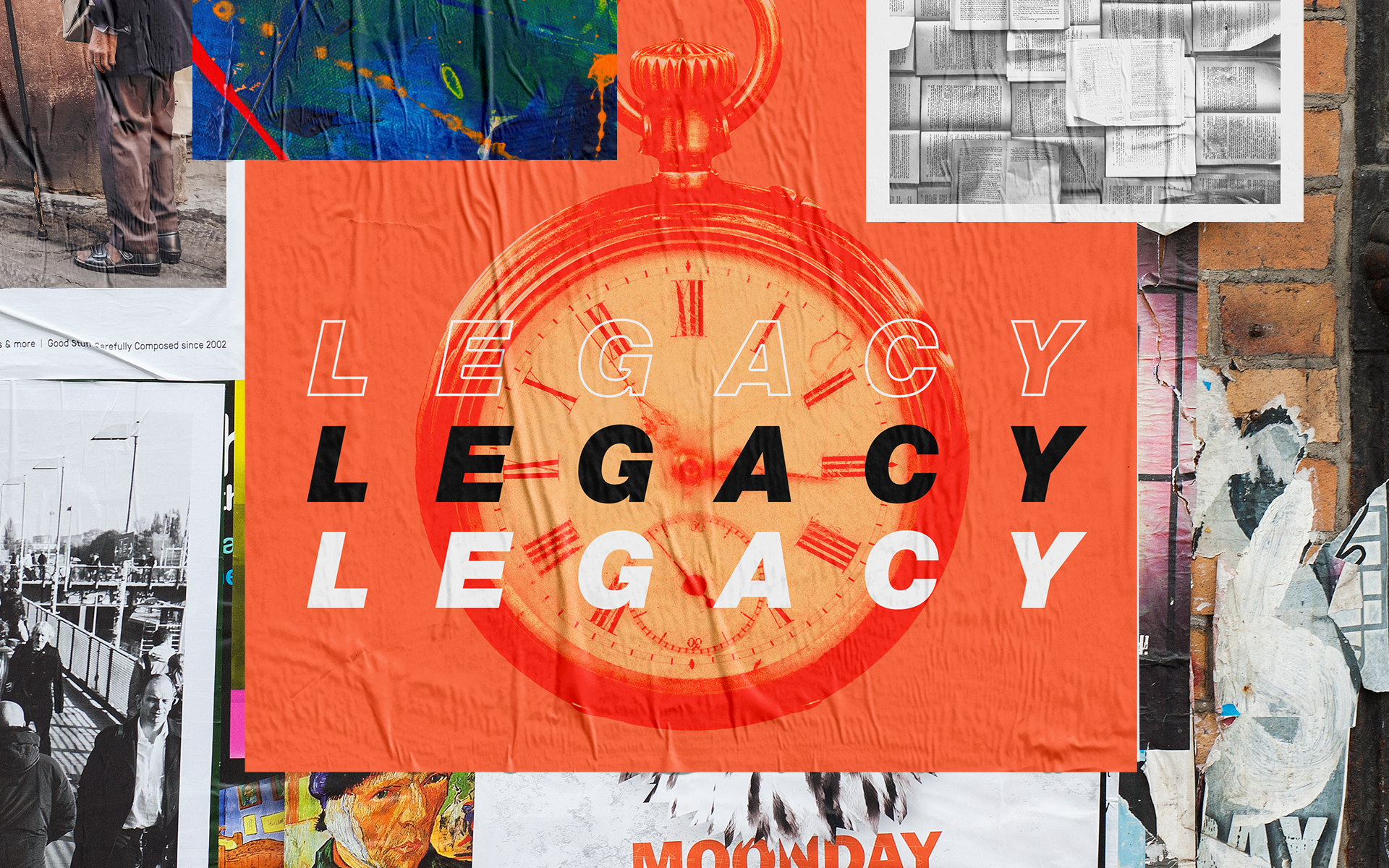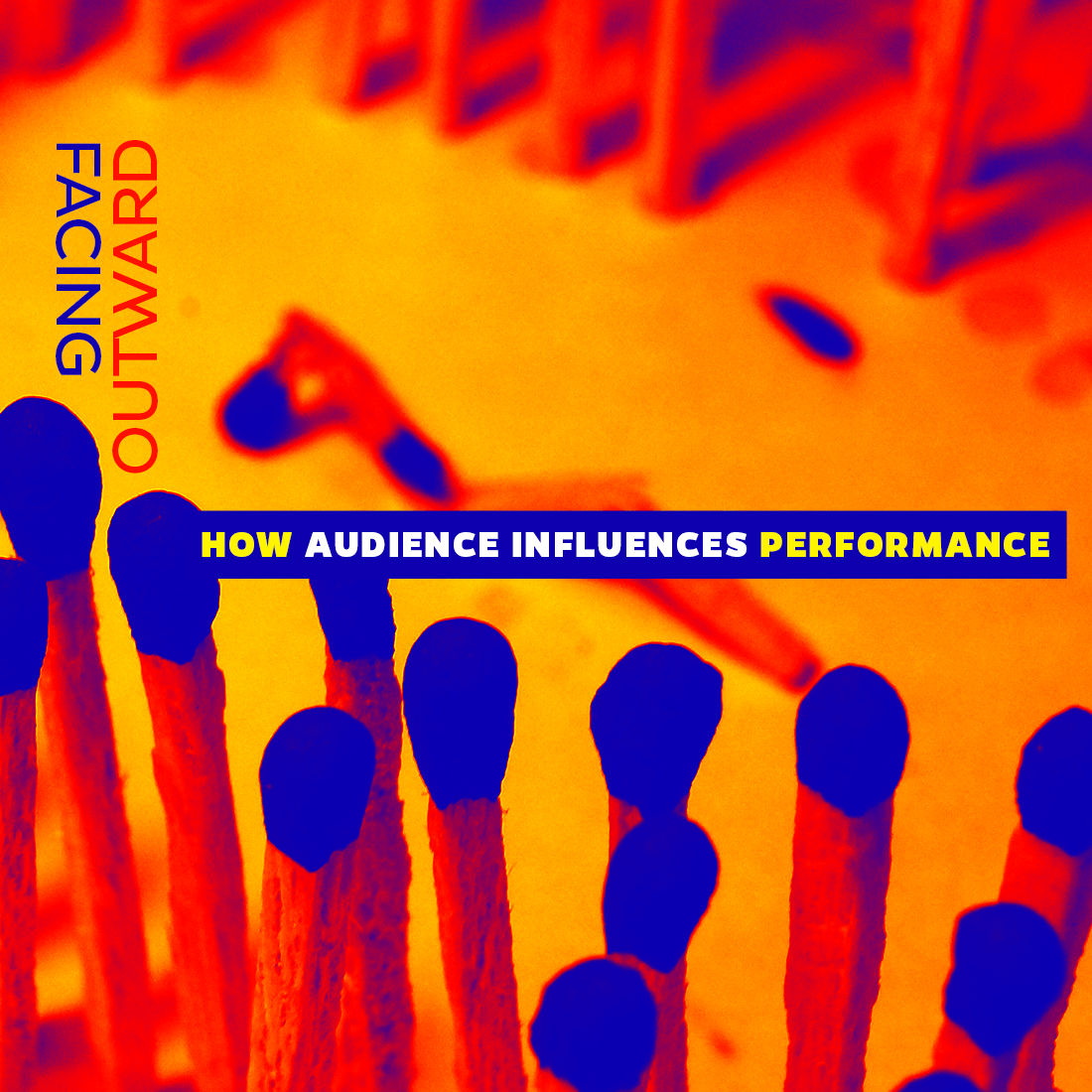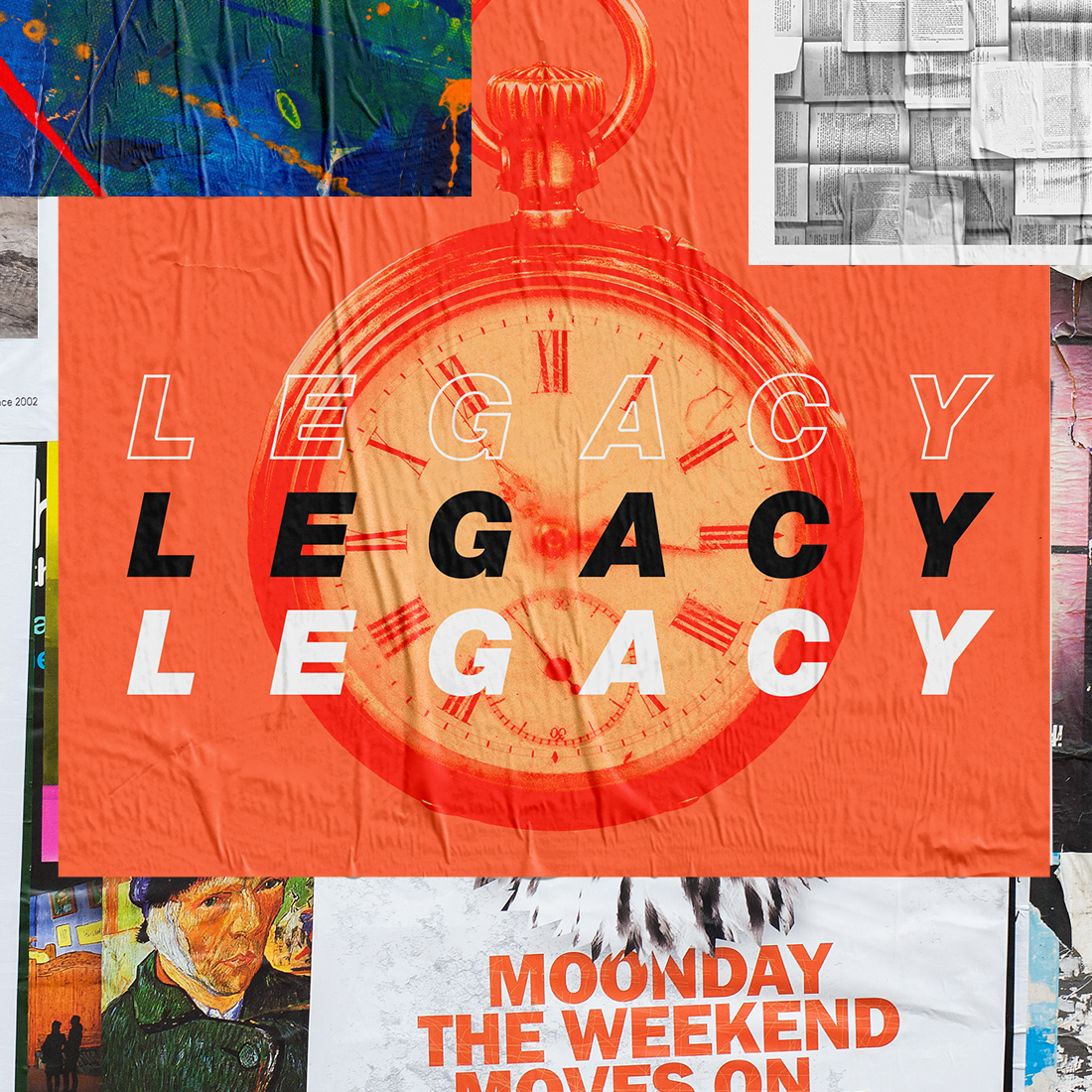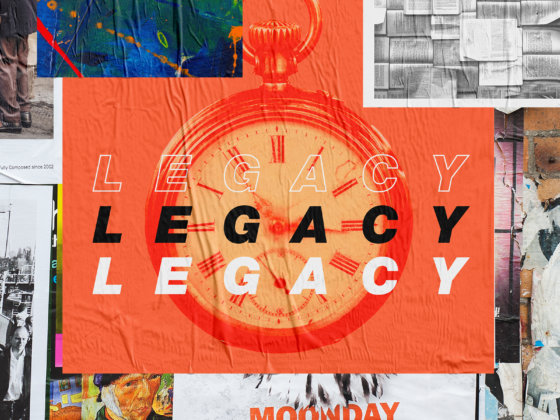MICHAEL DONNAY

In this issue, Michael Donnay spoke to Emma Clark and Hugh Wyld, two members of the London-based devising ensemble Tacky Pioneer. They discussed what it means to create theatre about weighty topics, in particular with a production they are currently developing, In Memoriam, which examines the ways in which we memorialize people, places, and events — from the tragic, to the comical, to the utterly mundane. This interview has been edited for length and clarity.
Hi Emma and Hugh, thanks for making the time to do this interview!
Can you start by telling me about Tacky Pioneer? How do you describe yourselves and the work you do as a company?
Emma Clark
Right now we’re describing ourselves as [an] international collective of theatre-makers who primarily work through devised and collaborative processes. We all met on a Master’s degree at the Royal Central School of Speech and Drama in London. There are four original members from the U.S., U.K., and China, but currently only three of us live in London. Our fourth is back home in China right now.
Hugh Wyld
What’s characteristically Tacky Pioneer? Queer mess. I think we all share an interest in the mix between quite intellectual, quite multilayered, intelligent work and also quite irreverent, pop cultural, camp, and queer forms too. There’s a sort of melding where we in our separate ways all gravitate towards those poles. So I think our work sits in between those two things really.
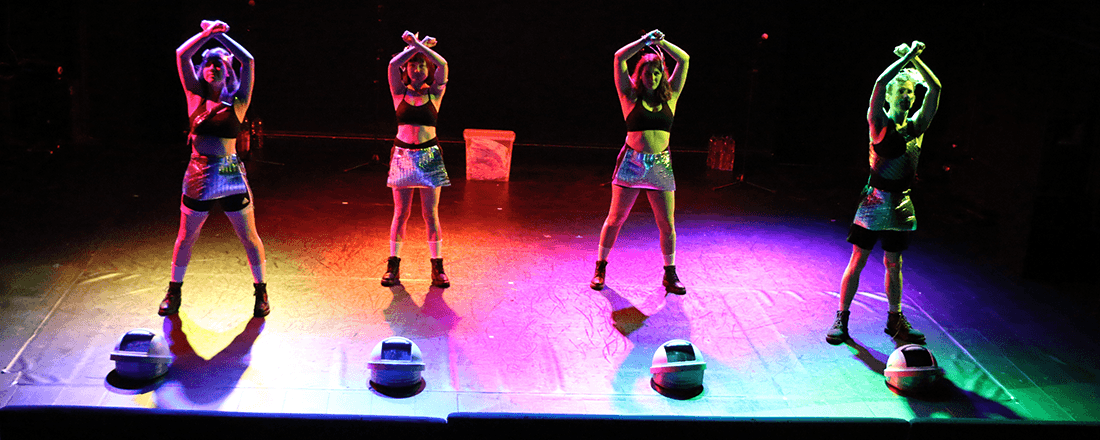
Astronaut Battery | Photo courtesy of Tacky Pioneer
Emma Clark
In terms of what it looks like, we’re really new and so I don’t think we have yet a really defining aesthetic. I think DIY is a way you could define it but whether that’s out of necessity or interest is to be determined. And I think our aesthetic is also really determined by the topic that we’re looking at. The materials we use and how it might look visually really depends on the research we’ve done and the area of inquiry of that project.
We’re all very passionate about many different ways of research and how we can throw ourselves into a topic and immerse ourselves in a topic. When we first started researching in the fall, we all went to an exhibit together at the Imperial War Museum on art after 9/11 and art in response to terror. It was an interesting catalyst, looking at a bunch of contemporary artists creating these physical objects or video pieces in response to global events and traumas. [One example of utilizing research] is that Hugh is thinking a lot about quilting and bringing that into the room. So we’ve been playing with this idea of the quilt and bringing in the actual materials so that we can learn to [make a quilt] ourselves as part of the development process. So whether it’s reading about it or actually doing things, we’re really interested in full immersion into whatever we’re looking at.
AGE OF TERROR: ART SINCE 9/11 | Exhibition at Imperial War Museum London | Source: © Imperial War Museum/YouTube
What is the project you are currently working on?
Emma Clark
In Memoriam is a new devised, interdisciplinary performance piece that we’re developing. It aims to examine the intersection between collective and individual memory and the objects and rituals we construct to hold space for those memories. Our hope is that the performance will be a manifestation of our ideas surrounding the performance of failure, queer mess, colliding genres and disciplines, and a deep-dive into a specific subject area — in this case, how humans pay tribute to what is lost. If things follow their current plan, the resulting show will be part gig theatre, part funeral, part existential meditation, and fully absurd.
How did you all become interested in that topic?
Hugh Wyld
I think we all have a real interest in the ways in which we individually [and] collectively memorialize people, places, and things. Our last show was all about space — very, very generally — as we looked at what it would take for us to journey into space. For our second show, we wanted to explore something sort of a similar — we wanted to work with a guiding theme much like [we had with] space.
Astronaut Battery Teaser | Source: Tacky Pioneer/Vimeo
Emma Clark
We started from a couple of places. I think there was an interest in historical traumas and historical memory and how that’s held in generations. We all had individual attachments to particular events or occurrences that attached to that theme. And then we went on some initial inspiration trips, to museums and charities and talked with some people, and ended up coalescing around this idea of memorialization.
The following is an additional response from Emma Harris, another member of Tacky Pioneer.
Emma Harris
I have always been interested in how certain cultures fail to memorialize atrocities entirely, whether slavery in the United States or imperialism in the United Kingdom, as a way of avoiding guilt, while others take responsibility and create work that is ethically and artistically rigorous. Since visiting Berlin, I have been fascinated by the German artistic response to the Holocaust. I believe that part of the resurgence of anti-Semitism, worldwide and in the U.K., comes from a failure to memorialize the past properly. I’m interested in questions of guilt, ownership, and remembrance, as well as what is ‘good art’ and what is ‘appropriate.’ This topic allows me to combine my interests.
Are there particular historical events, people, or issues that you’re thinking about or focusing on at the moment?
Hugh Wyld
The way in which we have been working up to this point has been that we’ve each organically taken a sort of pathway and brought a specific focus [to the rehearsal process] with memorialization being our guiding theme. For example, I’ve been looking into the Names Project — the AIDS Memorial Quilt. It’s this huge, public memorial to people who died of AIDS. Emma Harris has been looking into the Jewish experience and memorials in relation to Jewish people. And Emma, you’ve been looking more into war or generally your experiences going to Southeast Asia.
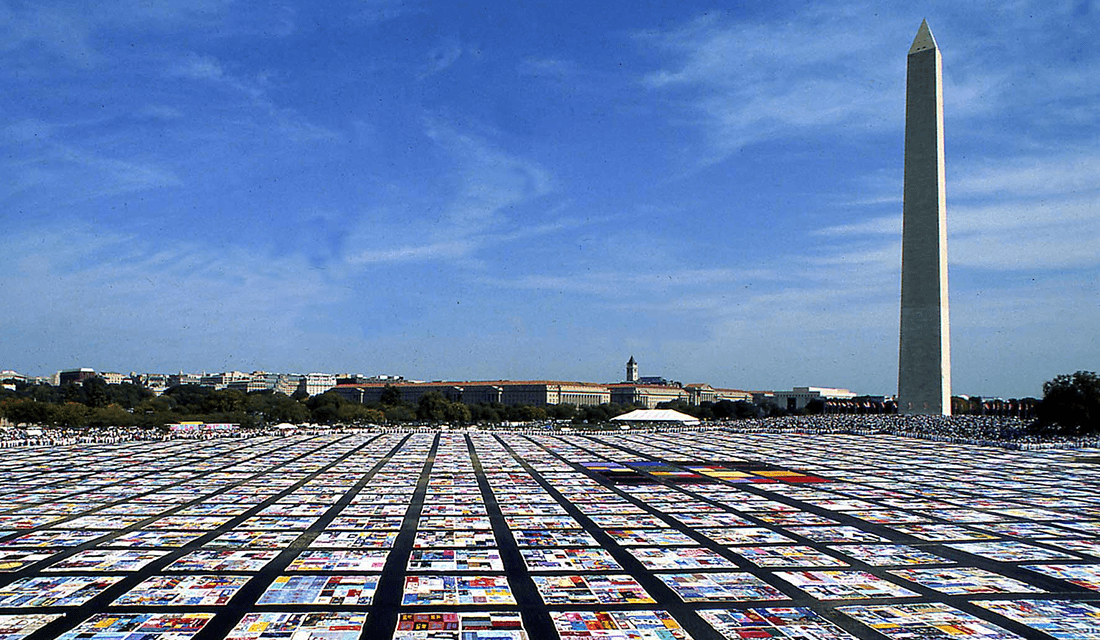
The AIDS Memorial Quilt | Source: National Institute of Health/Wikimedia Commons
Emma Clark
We have all brought, in terms of our personal interests, some of these national, government-sanctioned, public memorials like the Memorial to the Murdered Jews of Europe with us to the project. And that’s something we’ve talked about — the difference between public and private memorials. Taking these individual interests, we’ve also honed in on specific ways [of making devised theatre]. I have a Chinese funeral ritual that I’ve been looking [at] that involves burning paper as a way of passage and sending things to ancestors. And Emma [Harris] has been looking at the Kaddish and Jewish recitation and song. We’ve all started to offer those things to one another and we’re potentially all going to learn how to do them together as a way of learning and processing and experiencing those different inputs.
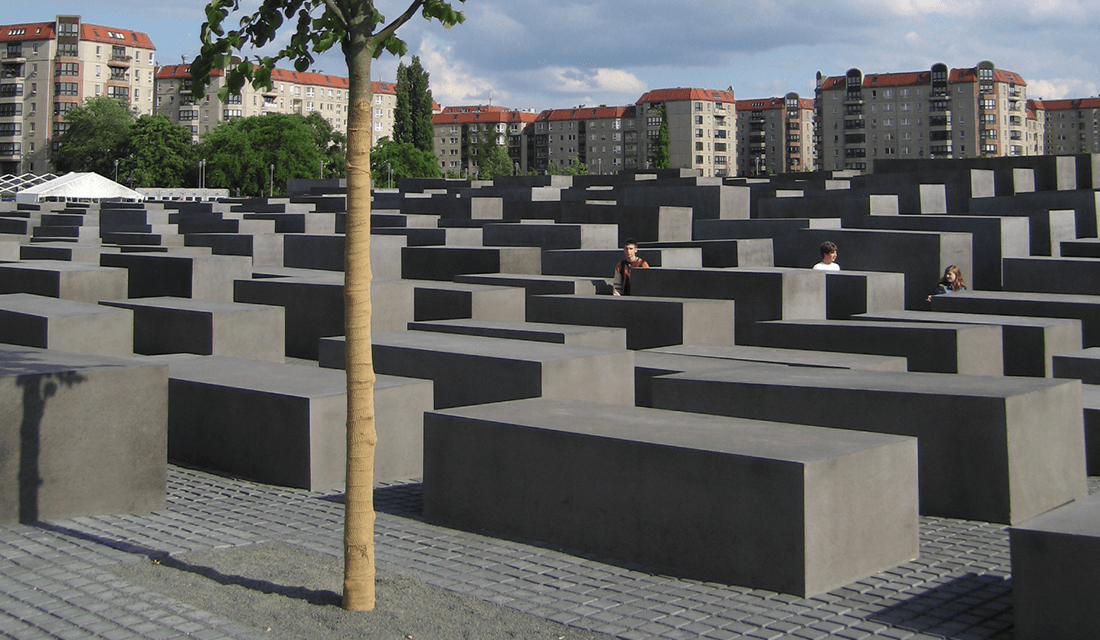
The Memorial to the Murdered Jews of Europe | Source: Wikipedia
It’s interesting that you should mention this tension between “personal” and “government-sanctioned” memory. Collective memory is a very political thing and the way societies remember things obviously comes with political implications.
Have you been thinking about the politics of memory while you’ve been making this piece?
Emma Clark
We’ve talked about it for sure. I think that’ll be imbued in the piece somehow but I don’t know that we’ll speak directly to it. I think aiming directly at politics is not necessarily the best way to talk about politics in performance. But we’ve talked about it in terms of privilege, in terms of materials, in terms of communities and who’s written into and out of an official narrative. I think the AIDS quilt is such a useful example, which is one of many we’ve recently zeroed in on, because of the way in which that seemed to emerge from such a grassroots response to something that wasn’t being recorded or memorialized in a government-recognized way.
Hugh Wyld
Absolutely. I’d add that with the AIDS quilt [there] is that idea, I can’t remember the exact word, but something like alternative memorials. With there being state-sanctioned memorials and then there being these acts of political resistance that come from this gap where state-sanctioned memory is lacking. There is this question of how state-sanctioned memorials tie things up quite neatly and what the making of a physical thing does for collective memory.
Emma Clark
We’ve also talked about that, especially in relation to Germany, about whether having a memorial in stone is way of providing space for processing or putting a lid on something that is quite neat and allows you to forget it. And so what is a memorial’s function, in terms of social or political processing?
Given the experience of your last show, Astronaut Battery, which involved a lot of camp, glamour and glitter, I’m interested if you have been thinking at all about that tension between the obvious gravity of the issues it sounds like you’re exploring and the slightly lighter, campy irreverence that seems to be a part of your aesthetic.
How might that tension be playing out in this new project?
Emma Clark
Like Hugh mentioned earlier, we share similar senses of humor and I think there always has to be a bit of a lightness to topics like this. Otherwise it’s just kind of tragic. And although we have personal interests in these quite heavy topics, I don’t think any of us are setting out to make it just about those issues in an educational way at all. Instead [we’re] drawing upon the really beautiful rituals and forms that emerge from looking into these topics. There’s a chance it might be more somber at times than our last production or it might draw upon darker places. But I think the tension is important and can help us see something differently.
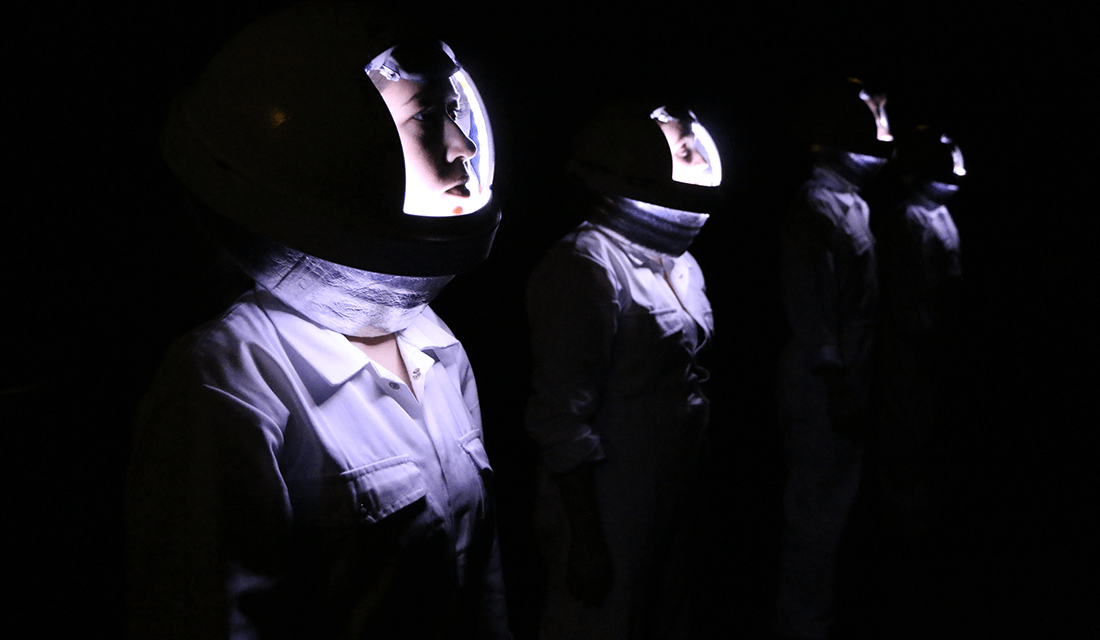
Astronaut Battery | Photo courtesy of Tacky Pioneer
And I think we’re also interested in the mundane and the tragedy of small grievances and small tragedies as well as these big ones. So there is a lot of potential juxtaposition to be had [between memorializing small, personal events and major ones] that might throw things into new light and add some humor.
We’re also very attuned to ethics and we’re willing to confront that with one another and have those conversations. We might go to a place that takes something too far and then we have to figure out how to work back from that. So that whatever we end up with won’t be offensive in any way.
In this process, it seems like you’re exploring your personal relationships with memorialization.
Have you thought about the relationship between the self and these topics as you’re moving forward with the development of this piece?
Hugh Wyld
Yeah, it’s certainly been informing the ways in which we’ve been working up to this point. We’ve certainly brought a lot of ourselves into the room. But something that we want to do with this show is to explore some [elements of] fiction and character a bit more than maybe we did in our previous show. Though of course everything will be guided by the personal, we want to explore narrative and fiction and character in greater depth with this project. Which will be interesting for us because our last show was entirely us onstage — versions of ourselves onstage at least.
Emma Clark
The other thing that we’ve thought about for this process is that we have a real spectrum in terms of people who identify as performers versus not-performers. So we’ve really thought about how many bodies go onstage. Does it need to be all four? If not, we’ve been looking at configuring a show that can be performed by any number of us. How we might be able to pass each other’s voices through one another? We’ve thought about playing with removing ownership and potentially having our contributions taken on by someone else’s voice as something that’s interesting us this time around.
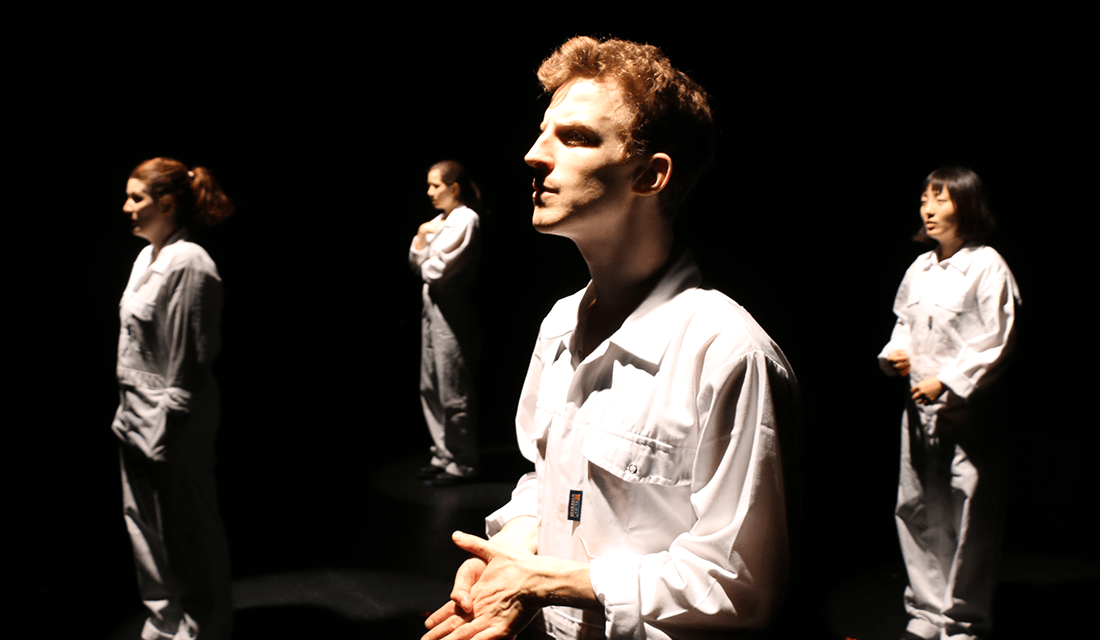
Astronaut Battery | Photo courtesy of Tacky Pioneer
Often, memorials come in this artistic packaging. How do you as a company or as individual artists see the role of artists in shaping collective memory? Do you see this particular production play a role in the broader conversation and if so, where in that conversation do you see yourselves?
Hugh Wyld
That’s a tough question because we feel like we’re such early stages. “We are going to do X” is quite a bold statement for any piece. We’ve certainly talked about enacting rituals, almost flashmob style, outside and engaging with the public up close and personal. That inevitably will create interesting things, but I don’t know about the ways in which we will be contributing to a conversation about memorialization. I think there will be a penny drop moment, a moment where we are like, “This is what the show is going to be” and realize what the show is doing. I think in our last show we only realized what the show was doing near the end of the process.
Emma Clark
I completely agree. There’s no way of knowing what we think the final project will be. I think potentially, getting people to reconsider the personal aspect of memorialization and what kind of stories or memories you keep space for. To consider what kind of events you are engaging with would be worthwhile.
Hugh Wyld
I think there might be something in us as a group creating something physical throughout the performance. In terms of leaving traces of ourselves, I think we might end up leaving a memorial somewhere, who knows. And I think also this idea of ritual as well and speaking about mourning. Who knows, our performance might — because it’ll be gesturing to some of those ideas — be a cathartic experience for an audience member to engage with what we’re doing. There might be an interesting relationship formed between us and the audience.
Thank you so much for your time!
Editor’s Note: Tacky Pioneer has previously employed Michael as a designer on a production of Astronaut Battery.
Tacky Pioneer
is an emerging London-based collective of theatre-makers hailing from China, England, and the USA who met while studying on the MA Advanced Theatre Practice course at the Royal Central School of Speech and Drama. Their work explores the clash between pathos and absurdity, balancing the intellectual and the physical, the epic and the mundane. They are driven by a shared interest in experiential research and task-based processes. Their work has been seen at the Continuum Festival, The Five Bells, and the Chelsea Theatre, where they premiered their inaugural production Astronaut Battery in September 2017.
A work-in-progress showing of In Memoriam will take place on July 12th at the International Youth Arts Festival in Kingston, U.K. More information and tickets available here.

